Visa Emerging as Pivotal Issue in Korea-U.S. Tariff Negotiations, Prime Minister Kim Min-seok Warns: “No U.S. Investment Without Visa Resolution”
Input
Modified
Rise of Visa as Trade Agenda After Georgia Detention Incident Collision Between Large-Scale Korean Investment and Shortage of Skilled Local Labor Trump Shifts From Justifying Crackdowns to Accepting Legal Workforce
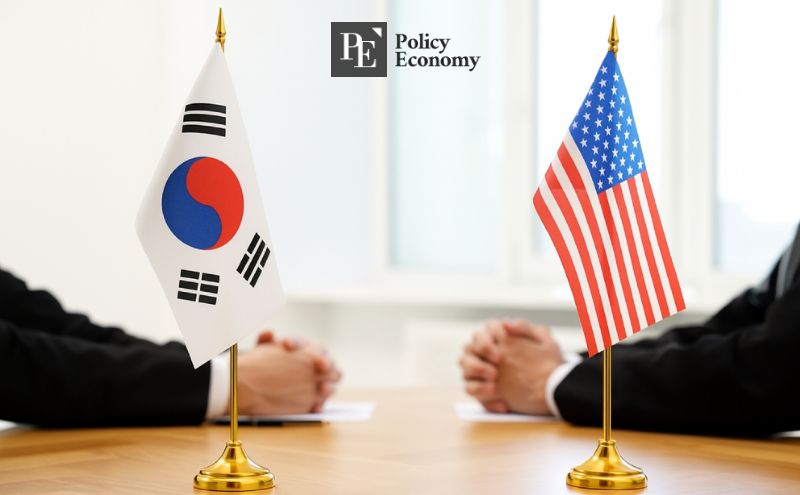
The detention incident in Georgia has thrust visa issues to the forefront of Korea-U.S. cooperation. Prime Minister Kim Min-seok warned that without resolution, Korean investment in the United States would not advance, while President Lee Jae-myung reiterated calls for reform of the U.S. visa system. President Donald Trump, who had initially underscored the legitimacy of immigration crackdowns, has since moderated his stance. With Korea’s large-scale investment plans colliding with the lack of skilled local labor, visas are now seen as the decisive variable in tariff negotiations.
Prime Minister and President Urge Reform
In an interview with Bloomberg on the 24th (local time), Kim stated, “If the visa issue is not resolved, it is virtually impossible to expect any substantive progress. Until then, Korea’s investment projects in the United States will not move forward.” He clarified that projects had not been formally suspended but noted, “Many workers are finding it extremely difficult to enter or re-enter the United States.” He added, “Workers and their families cannot be expected to relocate without guarantees of safety. As long as this problem persists, reluctance to return to the U.S. is inevitable.”
Two days earlier, President Lee also pressed the issue during a meeting with U.S. lawmakers, stressing the need for reform following the Georgia detentions of Korean workers. He emphasized that such incidents should not recur, and lawmakers reportedly expressed agreement that improving the visa system would aid the passage of the “Partner With Korea Act” (PWKA) in Congress.
Only One in Four Koreans Granted Work Visas
The PWKA centers on granting up to 15,000 employment visas (E-4) annually to skilled Korean workers. Unlike Australia (10,500 visas), Singapore (5,400), and Chile (1,400), Korea currently lacks a dedicated quota, despite being a major investor in the United States.
The urgency stems from mounting barriers to visa acquisition. Korean companies have largely relied on ESTA or B1 short-term visas, as obtaining work visas is both time-consuming and burdensome, making large-scale deployment of workers difficult. According to U.S. Citizenship and Immigration Services (USCIS), the annual H-1B cap stands at 85,000, yet 358,737 applied for 2026, with only 24% approved. Among them, just around 2,000 go to Koreans each year. Passage of the PWKA could cut deployment timelines from the current six months to a year down to less than a month.
However, congressional support has steadily eroded over the past decade. Co-sponsors peaked at 118 in 2013, then dropped to 85 in 2017, 54 in 2021, and just 3 in 2025 amid rising anti-immigration sentiment. Analysts caution that while administrative fixes may ease immediate tensions, they are temporary and vulnerable to shifts in government or public opinion. Former Vice Minister of Foreign Affairs Shin Kak-soo noted, “Administrative adjustments are stopgaps. Persuading Congress through a dual-track approach remains essential.”
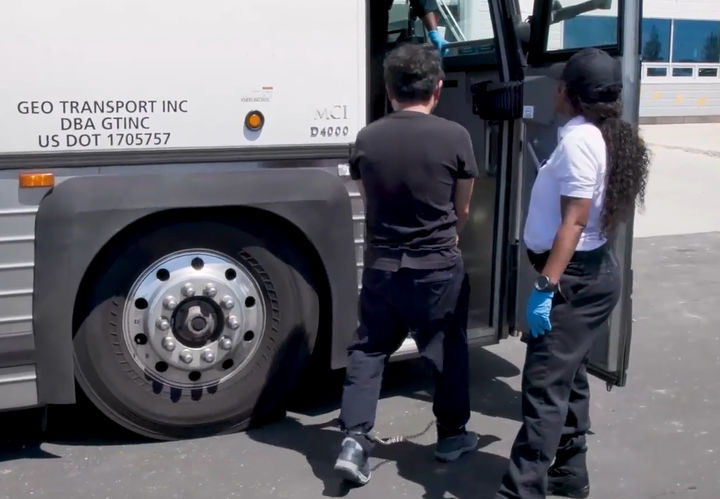
U.S. Seeks Investment but Restricts Visas
Some observers argue the Georgia incident could remind Washington that Korea is indispensable to the U.S. manufacturing renaissance. Although the crackdown was framed as a push to boost American jobs, the reality is a severe shortage of skilled local labor. Since Trump’s first term, Korea has poured $130 billion into U.S. plants, yet companies struggle to find qualified workers—even welders are scarce.
Hyundai Motor, for example, had to train its own workforce over two decades following the 2005 opening of its Alabama plant. Hanwha Ocean, which acquired Philly Shipyard last year, dispatched 50 Korean engineers to train local staff. Productivity remains below Korean standards, and attrition is high. One executive said, “Even after training, many local hires quit within months,” adding that drug-related issues also plague some facilities.
In sectors such as batteries, automobiles, and semiconductors—where Korea has built state-of-the-art U.S. plants over the past decade—skilled technicians are indispensable. A Korean executive noted, “We once had to rush in Korean specialists because visa delays left no one qualified to stabilize operations.” Subcontracting layers, he warned, make visa compliance even looser.
Trump himself has acknowledged the dilemma. Two days after defending immigration raids, he remarked on the 8th, “If no one in this country understands batteries, we may have to bring in some people temporarily to train Americans to handle complex tasks.” He added, “We need to bring in experts, let them stay briefly, and get help. We’ll look into it.” Posting on Truth Social, Trump later wrote, “We welcome investment. Bring in highly skilled talent legally to produce world-class products. We will establish swift, lawful procedures, and in return, train and employ Americans.” The shift suggests that after initially endorsing aggressive crackdowns, the administration is now seeking a middle ground to both maintain immigration enforcement and secure the specialized expertise essential for U.S. industrial competitiveness.

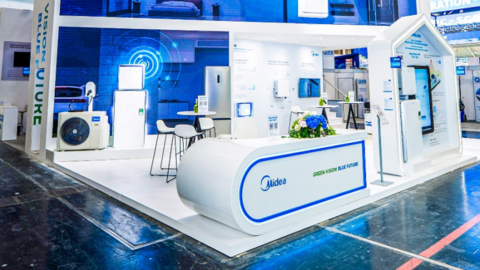
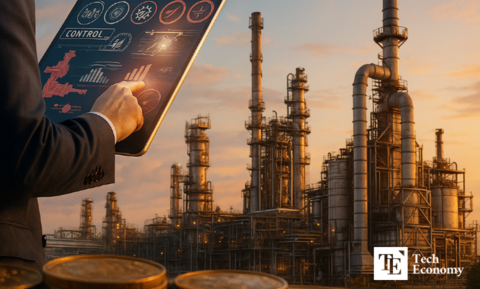
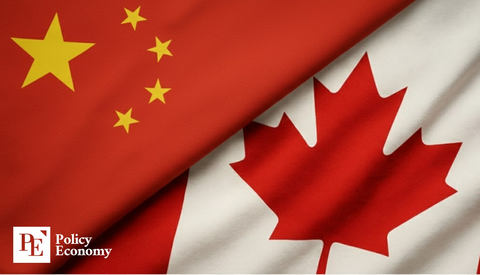
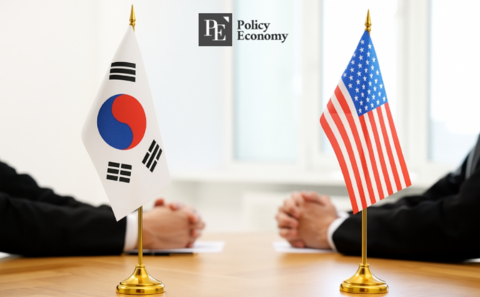
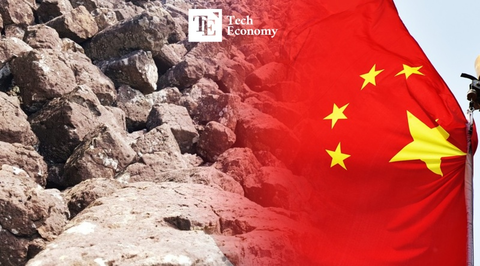
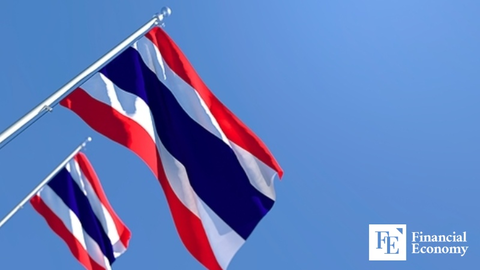
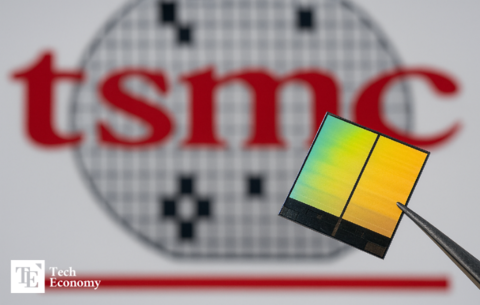

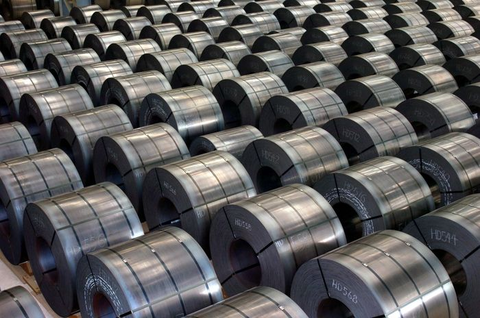












Comment